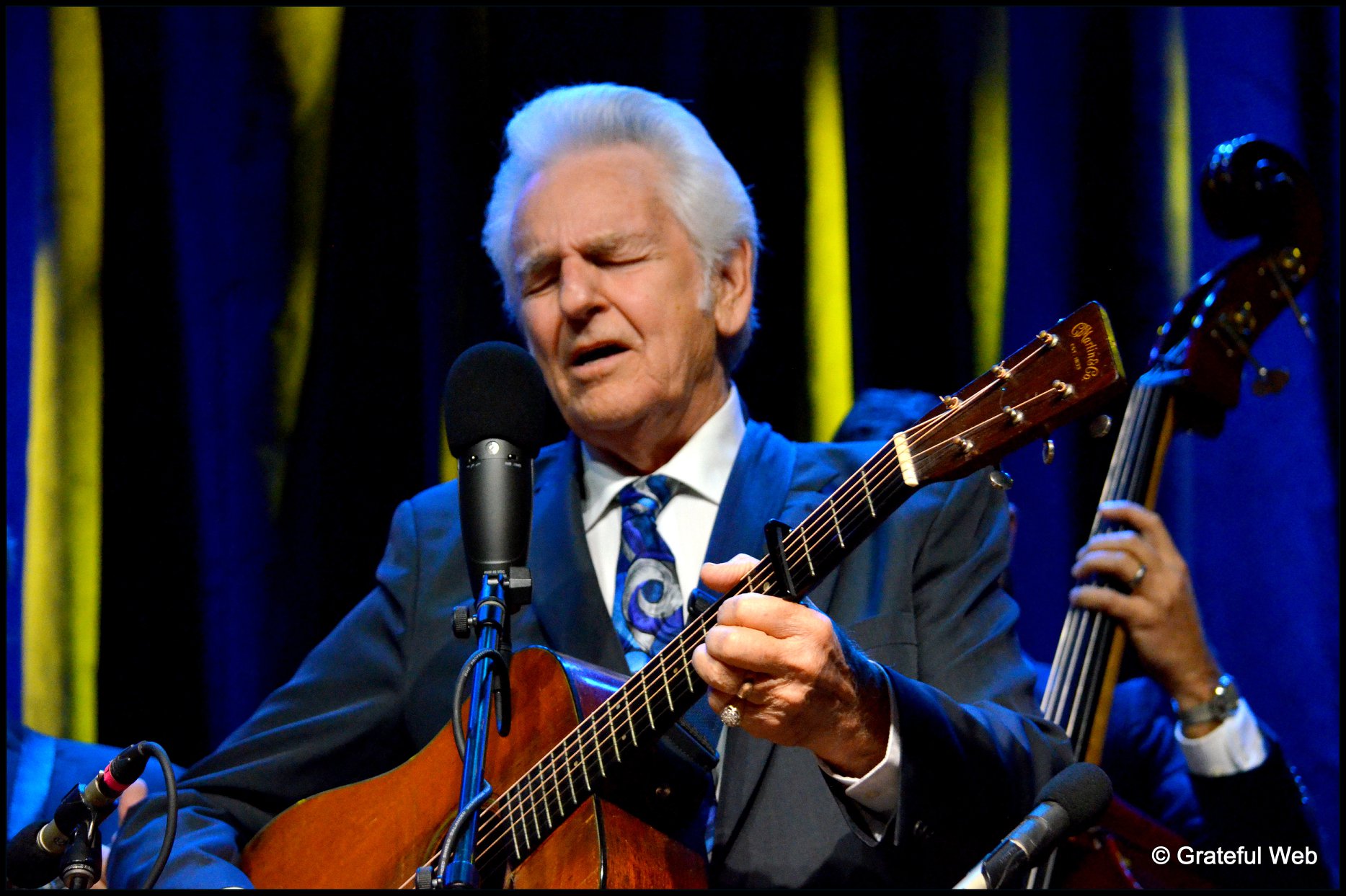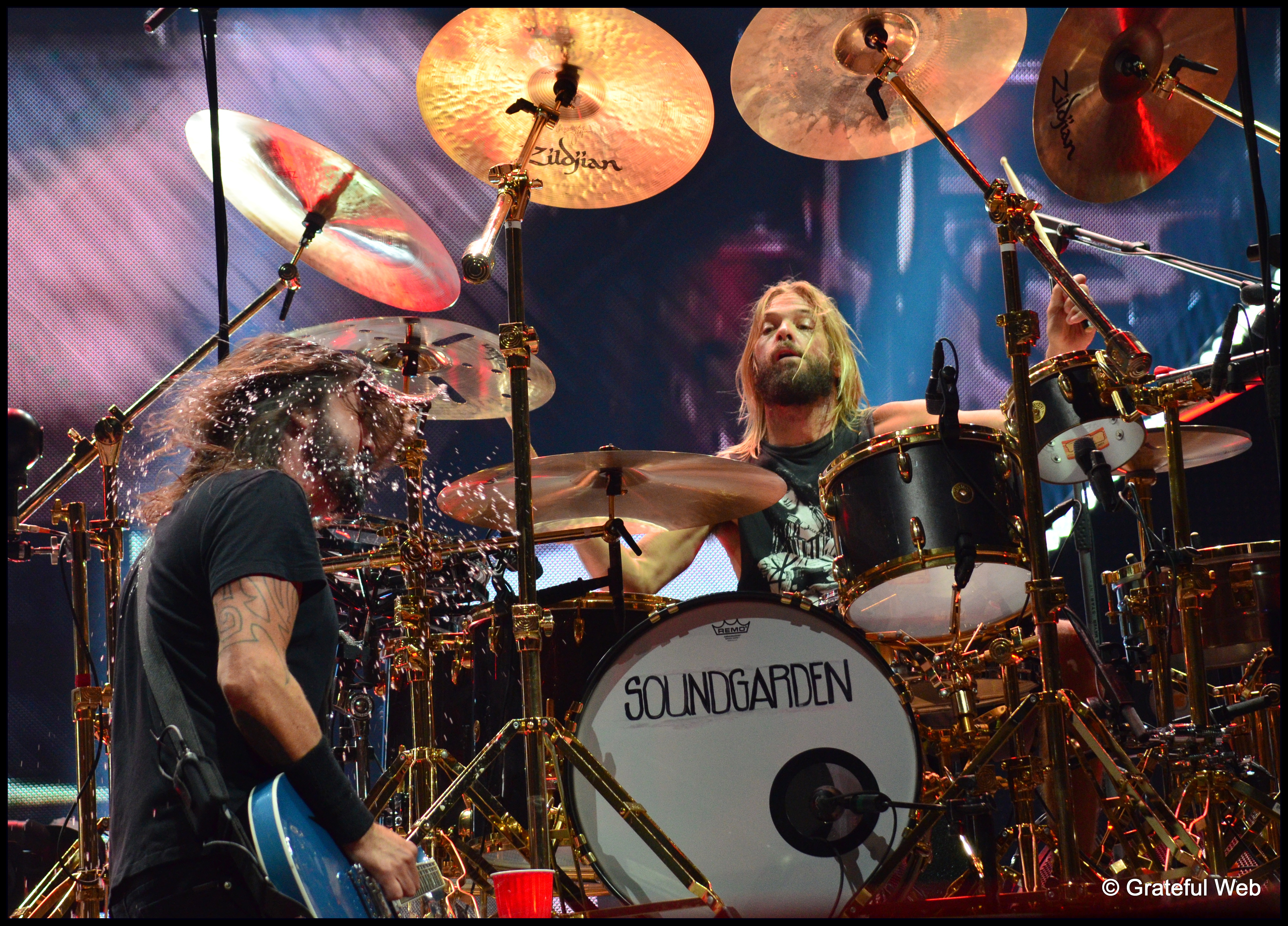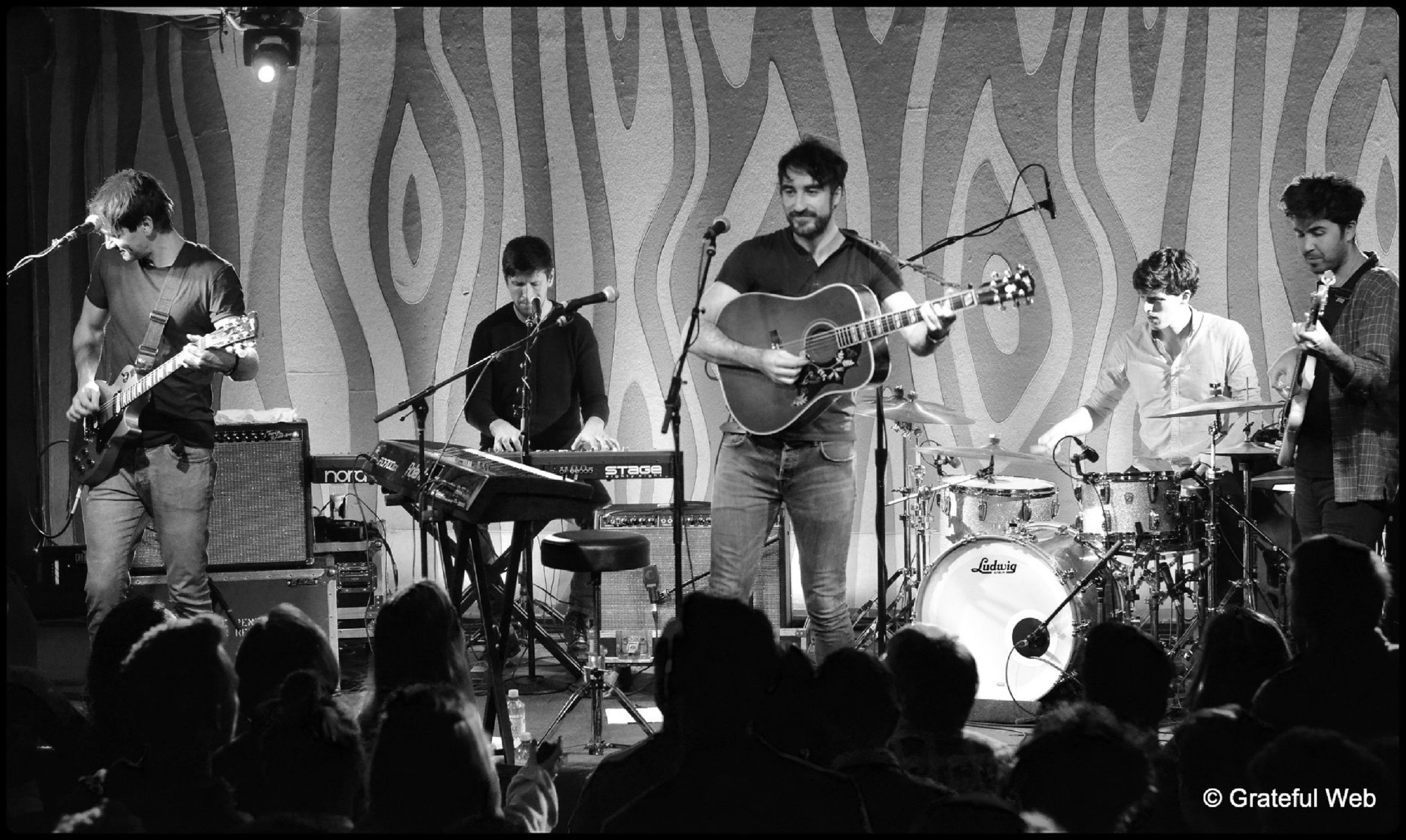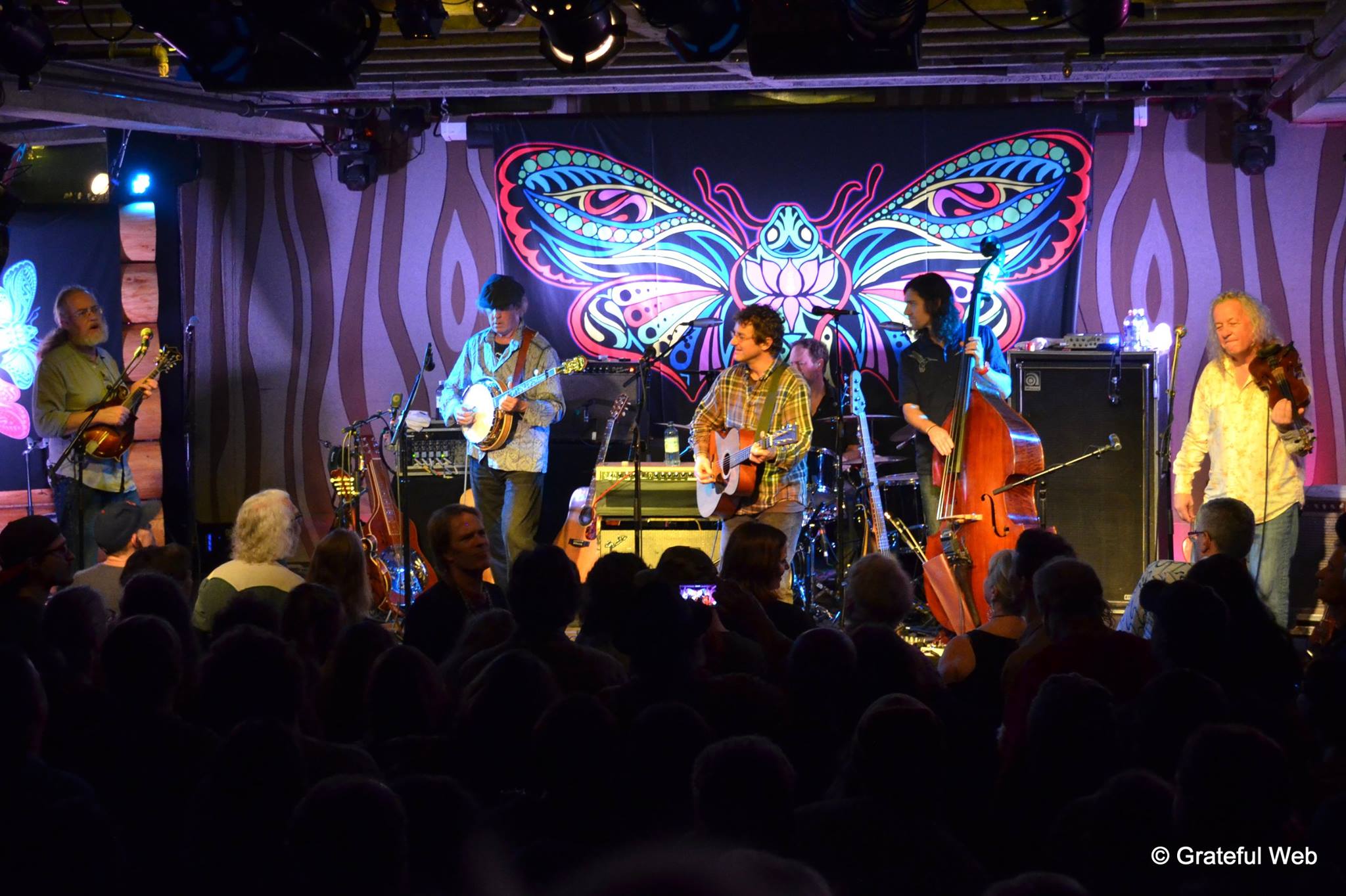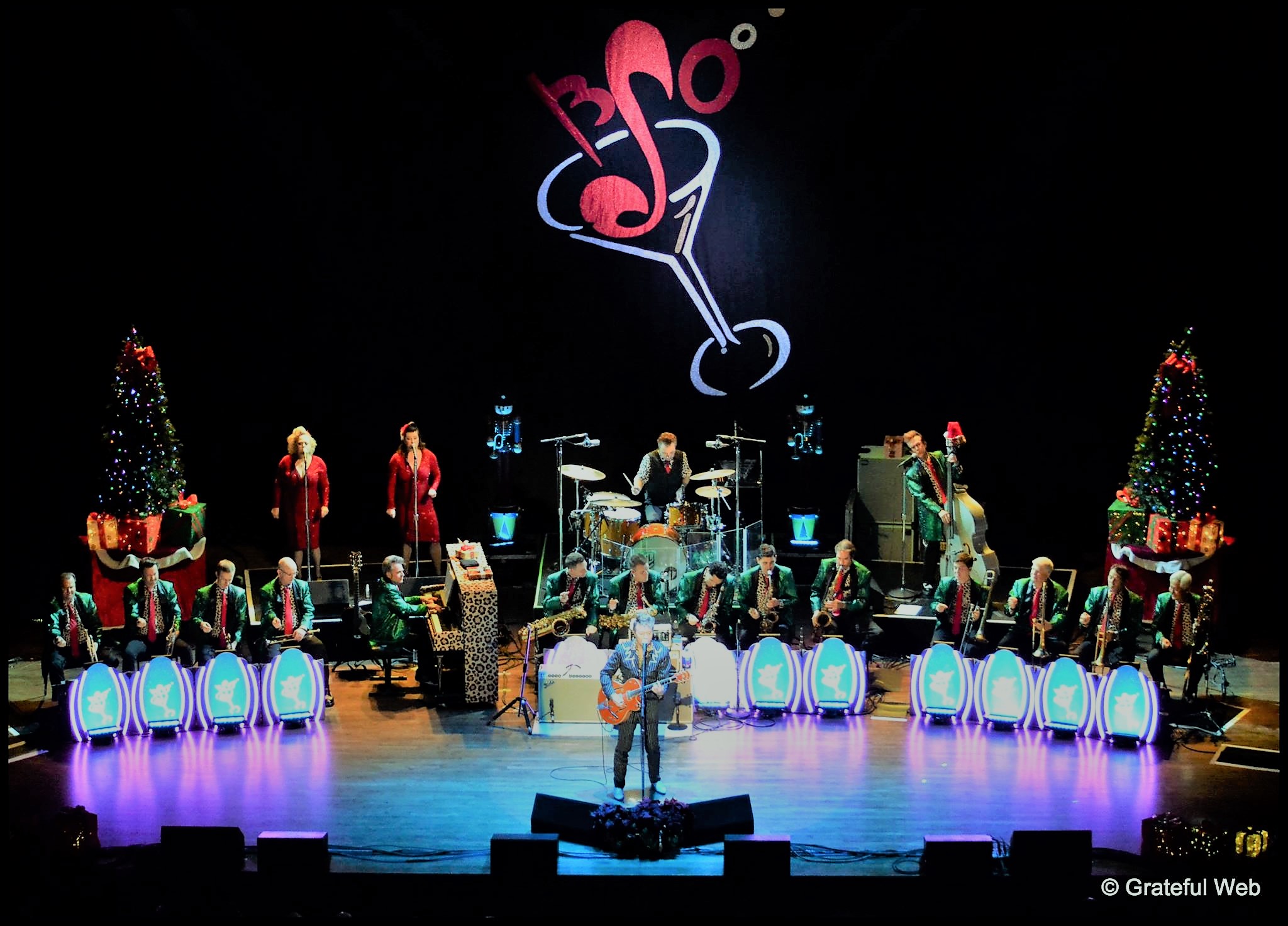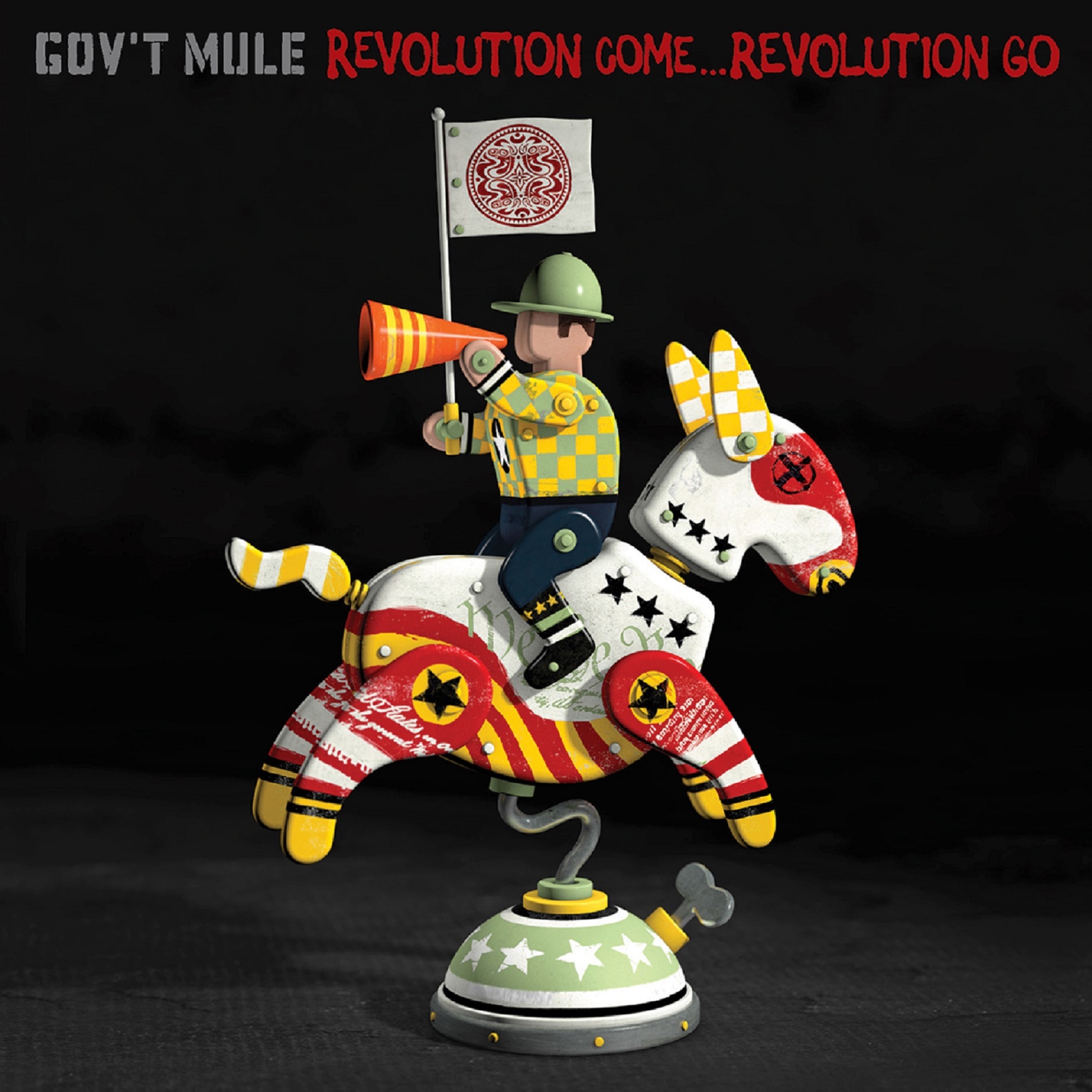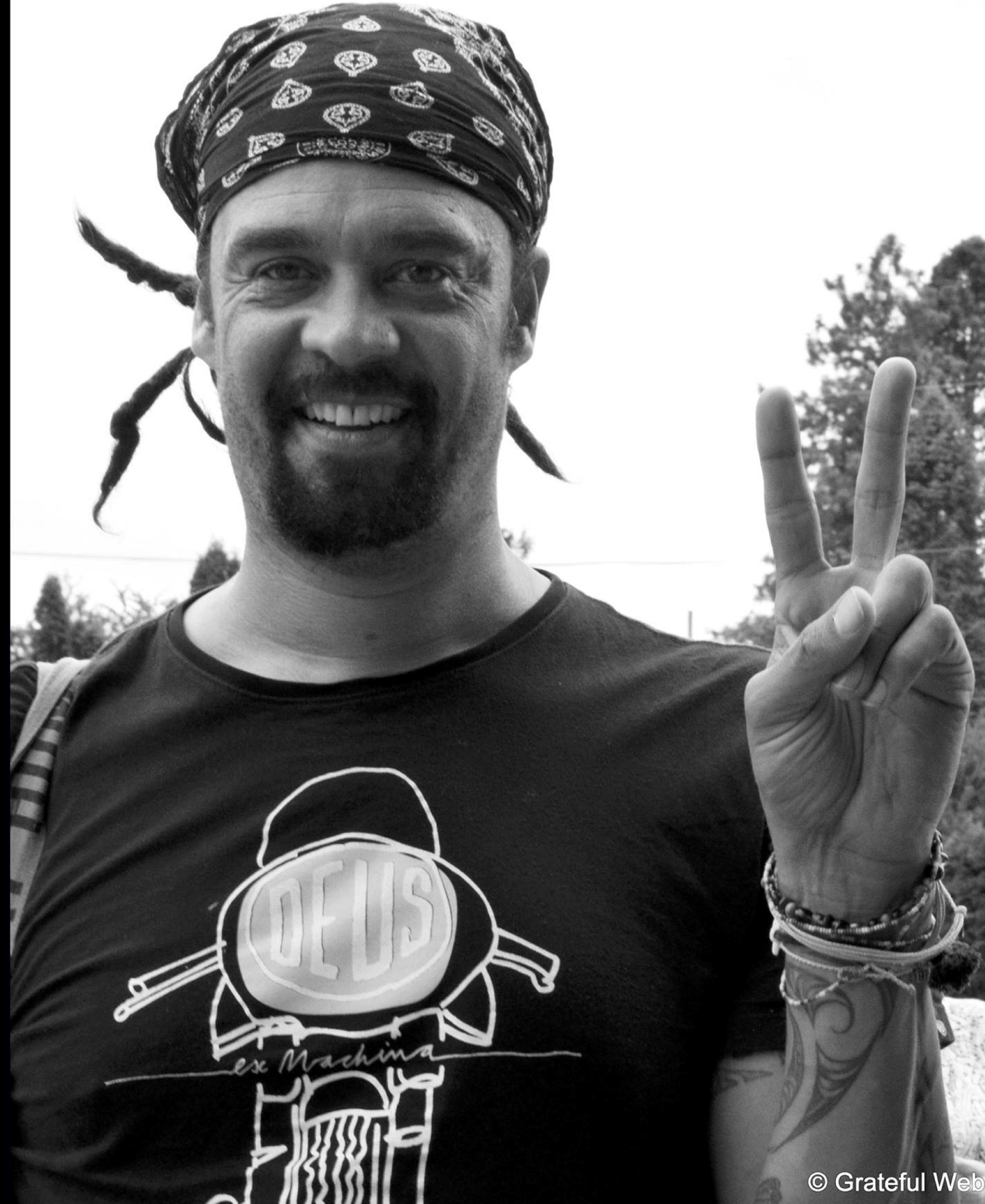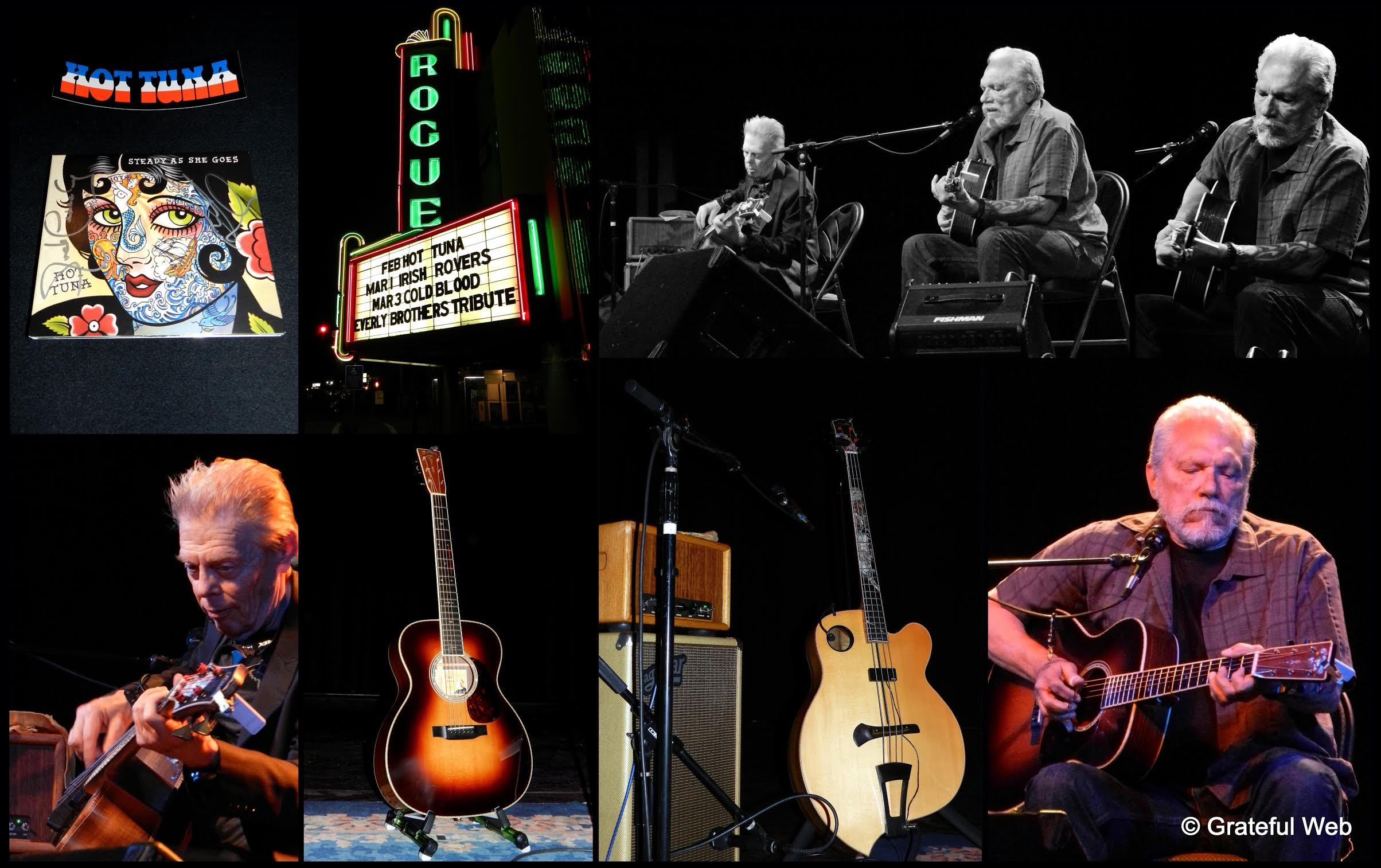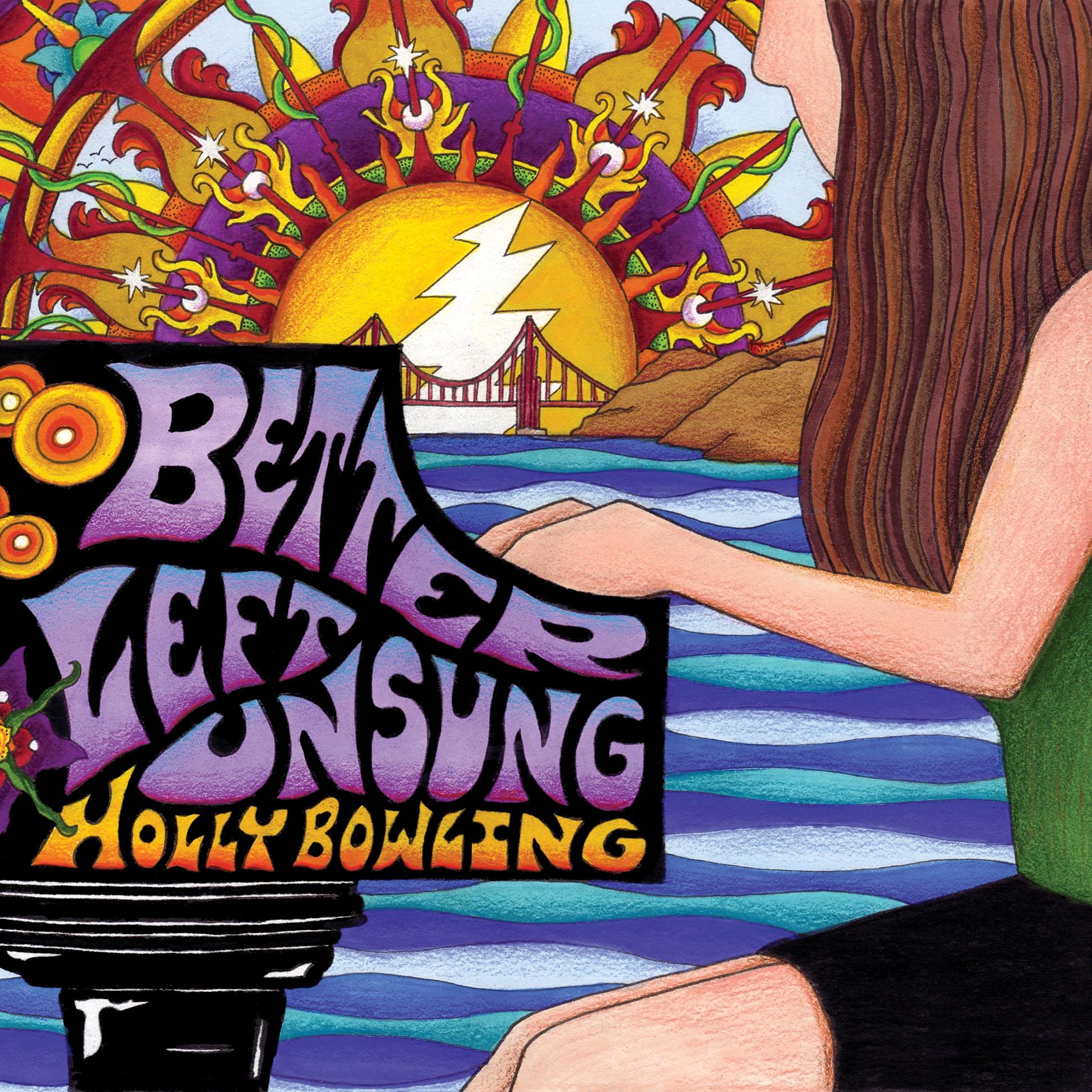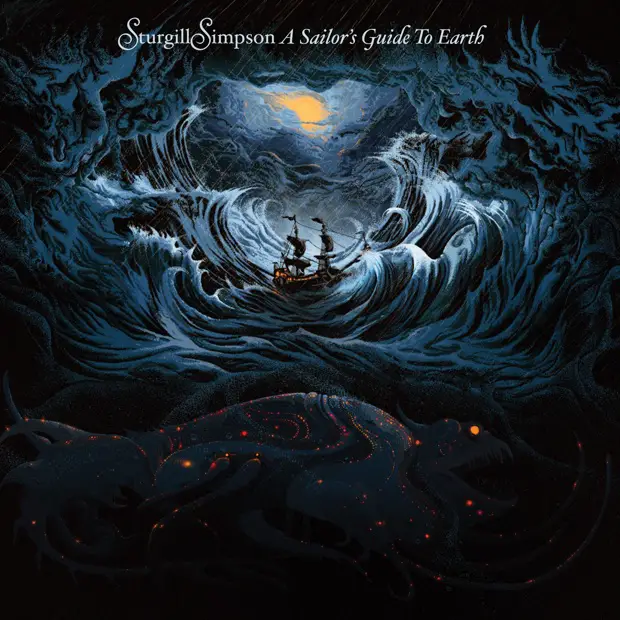David Gans, host of the nationally syndicated Grateful Dead Hour, sat down with Grateful Dead on the Furthur Bus to discuss his roots in tape trading, the history of the GD Hour, his new book "This Is All a Dream We Dreamed: An Oral History of the Grateful Dead", jamband counter-culture and a humorous acid experience he had in 1973.
GW: Tell us how you got into trading tapes
DG: You know, let's see, I became a deadhead in March of 1972 when I saw my first show and then went to four more shows in August of '72 and I was pretty much on the bus.
In '74 or so, I moved to Berkeley and met up with a bunch of Deadheads that I started playing music with, and one of them had got a tape. We went to see the Dead at the Cow Palace, the sound test show March 23, 1974 and to my astonishment a couple of weeks later he had a reel of tape with that show on it. I had never, didn't realize, that was a thing. And it was so amazing to listen to it.
My favorite thing about it was this big note, I remember it, in China Cat Sunflower there is a place where they get to the instrumental bridge and Phil hit this gigantic E-chord that rattled the whole building, and when that came around on the tape, it bzzzt out on the tape too, so it was like, "Oh my god, I remember that moment."
So, after that I realized there were tapes and I started to meet people that had tapes. I wasn't a completely obsessive trader like so many people were, but it was really nice to be able to hear. I met people who were obsessive tapers and, so they would share some of their tapes with me and stuff. So, I guess it was the mid '70s is when I started accumulating my own collection of tapes.
GW: Tell us how the the Dead Hour started up.
DG: Let's see, there were other people doing radio, I think WBAI in New York had a Dead show and I heard there was a guy in Chicago that had a radio show. KFOG, a rock station in San Francisco, started a strip of specialty programs on weeknights in November of '84, one of them was the "Dead Head Hour," is what they called it. And I went in there as a guest in early 1985 when my first book came out, Playing in the Band.
I had a great time putting together a little documentary about the song “The Greatest Story Ever Told" using interview tapes from Hunter, Bob Weir and Mickey Hart about that song. So, I put together a little documentary about that and some other rare stuff and played it on the radio and I had a great time doing it.
The guy who was hosting the show, a wonderful man, called himself M Dung on the air. He was hosting the "Dead Head Hour" but he was just incredibly overworked. He had the morning drive DJ shift and his own specialty show called the Sunday Night Idiot Show and so the was relying on help from guys like me and a couple of other Deadheads in the neighborhood you know, and after a few months of supplying him with material, they kind of asked me to take responsibility for the show cause I was clearly deeply into it and I had a lot of tapes and stuff.
So, I started doing the show regularly on KFOG and in 1986 and then I started getting calls from other stations that wanted to carry it. A classic rock station in San Diego said, “Hey, can we pick up your show too?” And I said, “Let me find out.” Then WNEW, which was the biggest rock station in the universe, they called, and they said they wanted to carry the show too and I went, hey this could be something.
So, I went to the band, Jon McIntire was the manager at the time, and I was very friendly with Phil and Bobby at the time and they all said, "Go for it!". So, without ever planning to, I started syndicating the show and before too long, it was my day job. And it has been for over thirty years I'm still doing the show.
It's less and less of my income these days because of the shrinking radio business and because I'm spending more and more of my time making my own music but the Grateful Dead Hour just kind of picked up steam on its own, and it's still going.
GW: Tell us about the new book.
DG: The new book is called This Is All a Dream We Dreamed: An Oral History of the Grateful Dead and I did it in collaboration with my dear friend and long-time collaborator Blair Jackson. He was my editor at BAM Magazine starting in 1976. He was a big Deadhead, but he let me do the Grateful Dead stuff for BAM most of the time.
We interviewed Jerry together in 1981, and that interview is in Conversations with the Dead. A couple years ago we both had projects kind of blow up in our faces and our mutual agent suggested that we do an oral history and we had a publisher interested in it. It happens to be Bob Miller, who was my first editor on Playin' In the Band thirty years ago. He went on to an an illustrious career in publishing and had just landed at his own publishing House called Flatiron Books and he was interested in the project, so we signed the contract in November of 2013 and went to work on it and spent all of 2014 gathering material for it.
The idea was it was an oral history, which means, which means for the most part, we let people speak for themselves. Instead of us telling the story in narrator form, we wrote an introduction, and then we basically turned the people loose. We fashioned a sequence of other people's stories into an ongoing narrative very short bits of introductory and linking text. So an overwhelming majority, I would say 95 percent of the book, is other people speaking for themselves.
We had, of course, huge archives of material from the band members already - and by the way, we didn’t use any material that had been in previous books, so a lot of the material in Conversations with the Dead was off limits, cause those were complete interviews, but I had been interviewing people on the radio for twenty years, as well as the stuff I had done with books previously and we gathered a lot of new material as well.
We interviewed lots of people that had not been heard from much before, so we put together a book that was all fresh material from our archives and newly gathered stuff, but I would say the main point of the story is that the participants, the people who were there, get to speak it for themselves.
We had, of course, huge archives of material from the band members already - and by the way, we didn’t use any material that had been in previous books, so a lot of the material in Conversations with the Dead was off limits, cause those were complete interviews, but I had been interviewing people on the radio for twenty years, as well as the stuff I had done with books previously and we gathered a lot of new material as well.
We interviewed lots of people that had not been heard from much before, so we put together a book that was all fresh material from our archives and newly gathered stuff, but I would say the main point of the story is that the participants, the people who were there, get to speak it for themselves.
I remember thinking in the early 80's that if we journalists think this stuff is all so important we better get busy writing the books. And at that time, where were only two or three books. Hank Harrison's book on the Dead, the official Book of the Deadheads by Paul Grushkin, and Blair Jackson's original biography of the Dead, The Music Never Stopped. Those were pretty much the only books that existed at the time I was thinking this.
And now, if you look at that shelf, there are like two hundred books or more on the Grateful Dead. The main thing is, that that music is amazingly captivating. If you love that music, as Jerry famously said, “It’s like licorice: if you like it you do, if you don't, you don't,” but enough people really, really love this music and found it compelling that a culture sprang up.
And because so much of it was recorded, and because now the Internet makes it possible to hear literally a couple thousand Grateful Dead shows for free just for browsing. It's possible now to have somebody turn you on to the music and get caught up. You can buy albums from dead.net. Hundreds of live shows are available for download and for buying and there's all the rest available for listening to on the web, so the people who love this are spreading the culture.
There's young Deadheads are now coming on board that couldn't have seen Jerry live cause they were in diapers when he passed, but they're still deeply into the music because all the musicians are still playing the music, there's Dead tribute bands in every town and there's this huge archive of available stuff. Because it was such a happy and compelling culture and the music in it is so worthwhile and so deep and so rewarding to continued engagement, I'm not at all surprised that its thriving as much as it is now.
GW: At Kezar '73, you had an interesting acid experience regarding Jerry Garcia. Could you tell us a little bit about it?
DG: I have told the story many times of Kezar Stadium, May 26, 1973. Waylon Jennings and The New Riders of the Purple Sage were there and then the Dead played and I took a little bit too much acid that day, and as happened a lot in those days, I was kind of a young and not particularly happy young man and every time I took acid I'd get as little kind of anxious and have a rough go of it for a while.
This was one of those days and, so I've often told the story that I wandered around the top of Kezar Stadium through the Dead's show wondering why Jerry was mad at me. It's just a joke I make, but I also used to say I lost an argument to a hot dog, which basically meant that I was so anxious, and my stomach was kind of flopping, so I didn't eat the hot dog. It's all just a glib-way of saying that I had a rough day that day.
Even so, I remember the music being amazing. They played “Eyes of the World” and “Here Comes Sunshine,” it was like a three set Dead show, so it was really a great day, and when I listen to it on tape now I don't remember any of the unhappy parts of it. I remember it being a great show, but I did have a rough patch for a couple of hours there, but it was just because I was not quite ready to take acid responsibly.
I'm happy to say now, in my 60's, when I have an opportunity to take acid I have a great time and I don't get anxious. I wish I had more opportunities to take acid.







